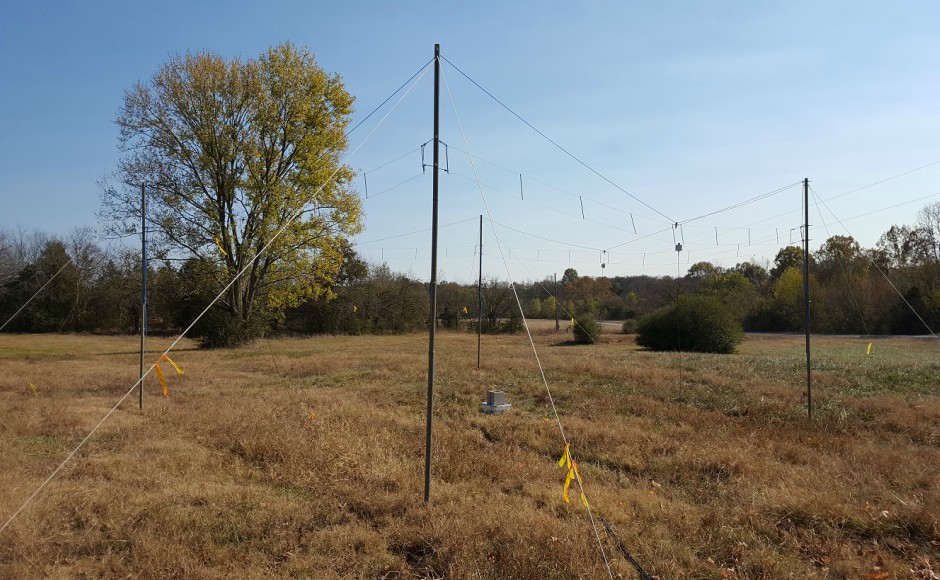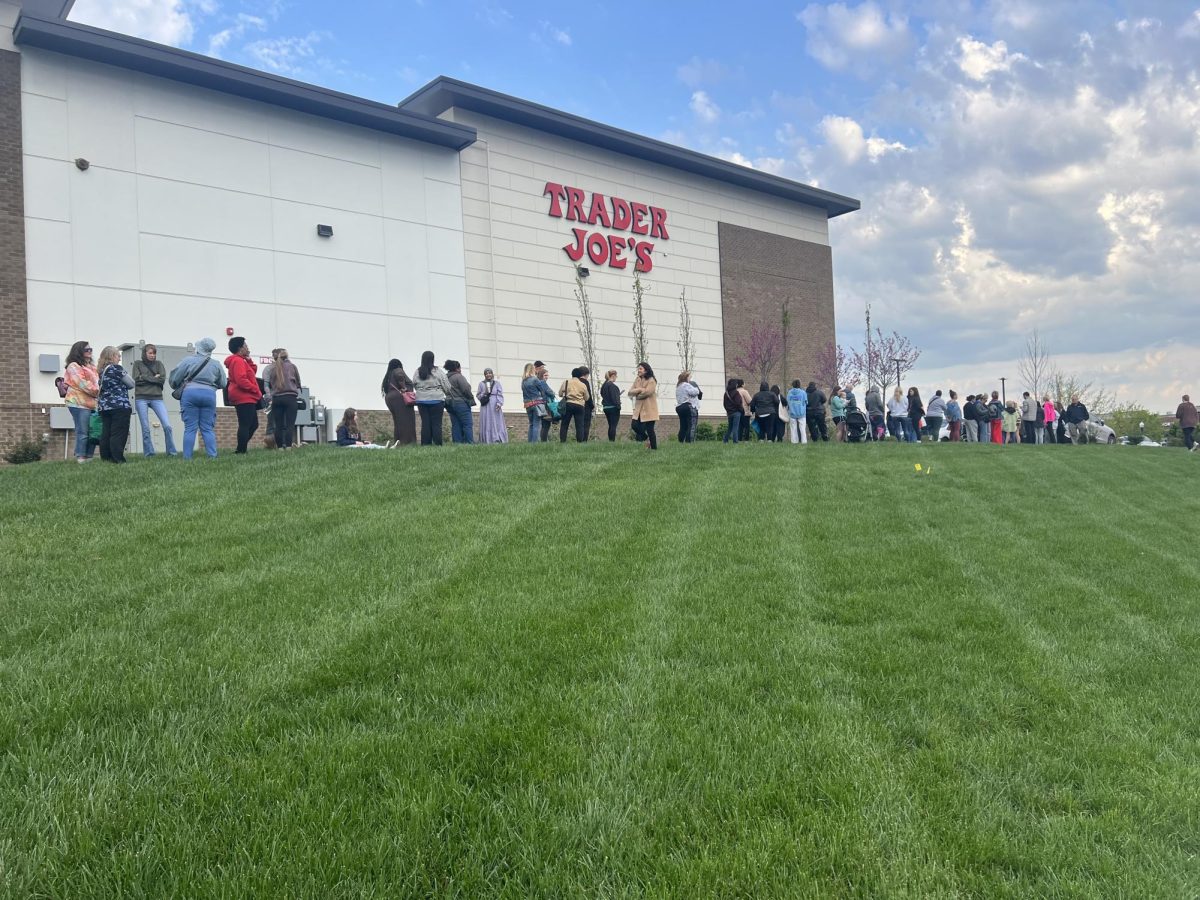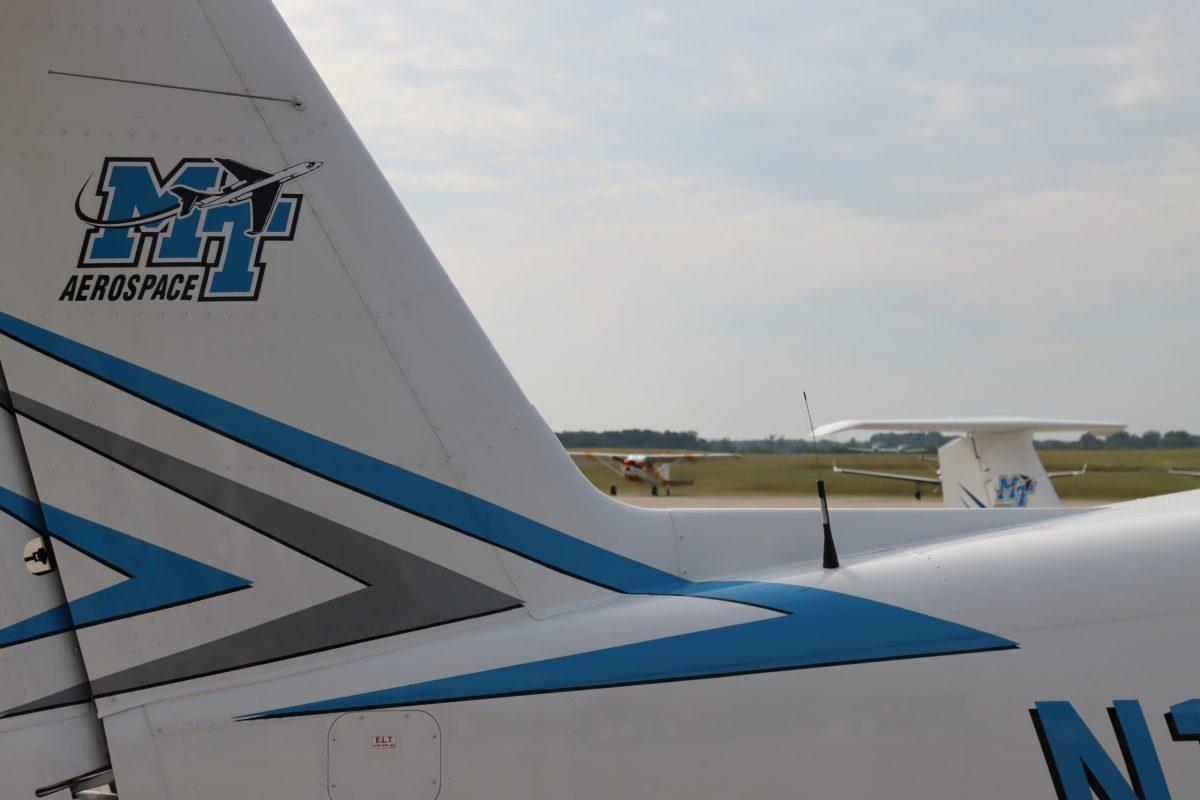Photo courtesy of Chuck Higgins
Under the leadership of Chuck Higgins, an MTSU professor of physics and astronomy, and in partnership with NASA, multiple MTSU representatives have conducted research on the effects of the 2017 eclipse.
Higgins works under a 2016 NASA grant, titled the Heliospheric Education Consortium. According to Higgins, MTSU is part of this 5-year grant with the purpose of studying the sun in various ways, educating individuals to become citizen scientists and increasing science education for K-12 schools. Higgins is also a representative of a NASA-sponsored educational project known as Radio Jove. Founded in 1999, Radio Jove allows schools, groups or individuals to purchase and use their own radio telescopes to study solar radio emissions. With these two resources, Higgins has had the ability to connect experts and amateurs alike with the common goal of learning more about the cosmic unknown.
“Our group in particular is using and distributing radio telescopes across the country to get people to observe the sun,” Higgins said. “We’ll collect the data and try to analyze it and find out if we can learn something about radio emissions and its (spreading) through the ionosphere.”
The Ionosphere, which is a region of Earth’s upper plasma atmosphere, is the focus of much of Higgin’s research.
“We know how the radio waves are generated near the sun due to solar flares and magnetic activity on the sun, but how those radio waves (spread) through the plasma that is the solar wind and the plasma from the earth’s Ionosphere — there (are) still some unanswered questions about that,” Higgins said. “We also wanted to see if the moon, itself, would block some of the radio waves from various parts of the solar atmosphere as the moon moved across the solar disc. We wanted to see if that was detectable and see if we could find exactly where the radio waves were being emitted.”
Higgins said that amatuer representatives in the consortion and Radio Jove can purchase their own telescope and upload their data to NASA’s data archives. Telescopes are distributed with an antenna and a receiver.
“We’re basically training people who are not astronomers to take data for us,” Higgins said. “We have about 25 people across the country taking observations. Some of them are professional, like myself, a few people are what I would call ‘super amateurs,’ meaning they have other day jobs, but they do this because they are interested in it.”
Through the grant’s funding, Higgins and other representatives were able to distribute equipment for data collection to the 25 volunteers. Stations for eclipse observation were established everywhere from Georgia to New Mexico, and amateurs who were already members of the Radio Jove project were contacted to assist in the data collection.
“We asked those folks about how many of them would be interested in joining us to collect data and try to do some real science,” Higgins said.
Higgins is the only expert running the grant on the MTSU campus. The majority of grant representatives are stationed at NASA’s Goddard Space Flight Center in Maryland. However, he has had assistance from several MTSU students.
“I have four MTSU students that are helping me with this project,” Higgins said. “They are learning how to use radio telescopes themselves and, also, to help gather and analyze some of the data.”
MTSU senior John Jackson, senior Beverly Warner, senior Jacques Beasley and junior Caleb Hoffman, who are all physics majors, have been assisting Higgins in the duties of the Radio Jove project and the NASA grant. Higgins explained that one of the students gathered data during the eclipse, and the others assisted in setting up radio telescopes at the MTSU dairy farm.
Higgins said that himself and many other experts are also interested in the outer atmosphere of the sun, the corona, due to the fact that it can be observed in detail during a total solar eclipse. And, while he explained that they are just beginning to analyze and sort through the collected data, there are some fascinating preliminary takeaways.
“We have done some first looks, but the thing that is really interesting so far is that, during the solar eclipse, there were sunspots on the sun. Sometimes, those sunspots are active on the radio. The fact that the sun was active during the solar eclipse, that makes our data more valuable.”
Higgins also stated that, from the preliminary data, it appears that the moon blocked some of the usual solar radio emissions that the equipment generally receives. However, it is still unknown what effect the blockage of these emissions may have.
According to Higgins, the collection of eclipse data has connected average citizens across the country to each other and to science itself.
“Even for just one event, it was a nice rallying point to inspire people to get involved in science,” Higgins said. “It’s a way to inspire teachers, citizens and students to get interested in science, and, maybe for students, they’ll choose science for a career. That’s sort of the overarching goal — to educate people in the realm of science.”
To contact News Editor Andrew Wigdor, email newseditor@mtsusidelines.com.
For more news, follow us at www.mtsusidelines.com, on Facebook at MTSU Sidelines and on Twitter at @Sidelines_News.














